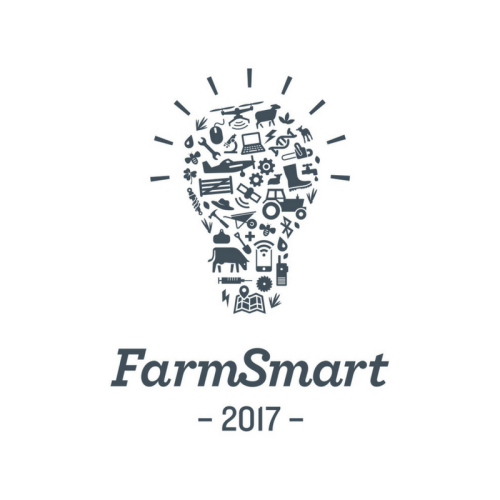Search results
Displaying 421 - 430 results of 1122
- Factsheet… required give same dilution resistant worms sheepcattle ratio stocking rate other farm … focus ewes 2ths hoggets feed supplies lowpoor quality greater risk parasitism … wwwbeeflambnzcom fact sheets made possible sheep beef farmer investment industry fact …
- News… fossil fuel emitters to plant exotic trees on sheep and beef farmland for offsetting rather … half of 2021 showed over 14,000 hectares of sheep and beef farmland were purchased with … simply can’t afford to lose productive sheep and beef farmland at this rate. We need …

- News… disproportionately impact the viability of sheep and beef farms and fair recognition for …

- Resource book… greatest importance young stock both cattle sheep generally develop full immunity worms … 1997 barrell lincoln university press sheep health disease production 2nd edition … them adult worms stomach causes loss appetite poor feed conversion weight loss type …
- NewsThe 2023 Lamb Crop Report has been released by Beef + Lamb New Zealand (B+LNZ). …

- Factsheet… critical period pasture growth most sheep beef farms late winterearly spring when … fertiliserseries fertiliser use new zealand sheep beef farms booklet produced fertiliser … 352 farmers farmers factsheets made possible sheep beef farmer investment industry beef …
- … recommendations 6 part 17 3 background sheep beef industry 17 part 20 4 addressing … ensure becomes more equitable fair proposal sheep beef farmers new zealand lnzs … departments has been replaced hurriedly poorly constructed proposal which assist …
- … (all Massey) Master of Sociology (current study - University of Waikato) RMPP Lead …
- Factsheet… act through levy paid producers all cattle sheep slaughtered new zealand organisation … sheep beef farms using wairoa district case study would have significant negative impacts … link between ecoli pathogenic risk very poor disagreements science community about how …
- Podcast… Food. Disruption is coming to New Zealand’s sheep and beef farmers – how large will the …
